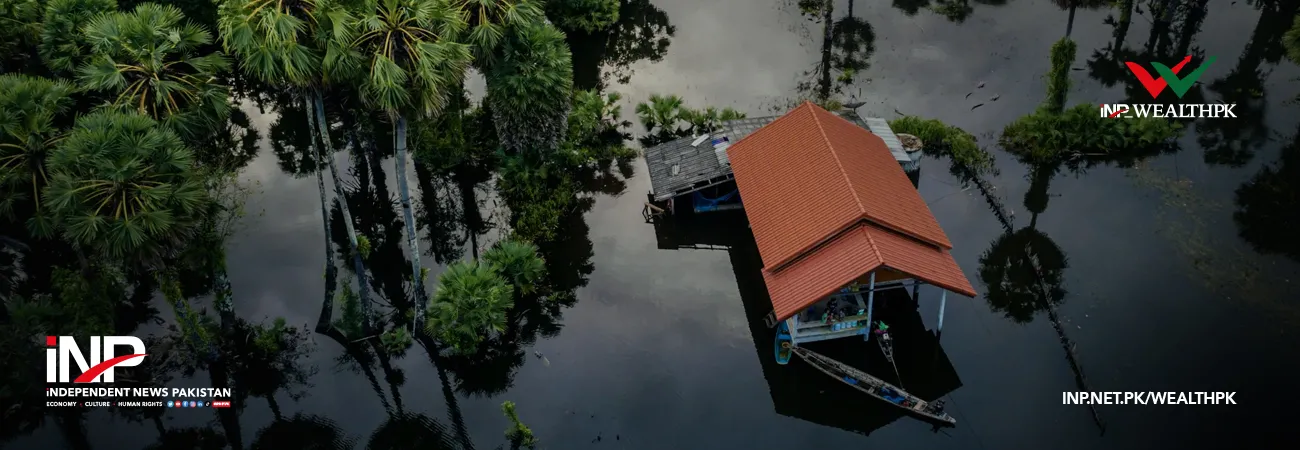INP-WealthPk
By Arsalan Ali ISLAMABAD, April 22 (INP WealthPK): Conversion from non-renewable energy (NRE) to renewable energy (RE) resources will help mitigate climate change impacts because the burning of NRE resources (coal, oil, and natural gas) causes emission of carbon dioxide which increases vulnerably to climate, says an environment expert. Dr. Iftikhar Ahmed, Assistant Professor at Pakistan Institute of Development Economics, told WealthPK that burning of NRE resources causes greenhouse gas emissions into the air. This emission stays in the atmosphere and heats up the earth’s surface and is the reason behind global warming. Dr. Ahmed said conversion from NRE to RE will help fight against the adverse effects of climate change. He said NRE resources are limited in nature and have a finite quantity on earth. These resources do not regenerate after their usage and are depleted with the passage of time due to their continuous use. However, in contrast, he said RE is less expensive, and these resources can continually be regenerated through a natural process, but inefficient management and excessive use may degrade them. “RE has a relatively higher initial cost (therefore not always viable for less developed countries). With appropriate management, RE resources may lead to a sustainable future,” he added. Dr. Iftikhar said the transport, electricity generation, and industrial sectors are major users of fossil fuels. He said the growing demand for automobiles will increase the demand for fossil fuels. He said Pakistan has the potential to access RE resources (wind energy, solar energy, bio-energy, hydropower, and geothermal energy) to fulfill the needs of its people. According to the International Renewable Energy Agency, the installation of renewable energy projects would cost less than even the cheapest fossil fuels. Pakistan is located in a solar hotspot, receiving 5 to 7 kWh/m2 per day. The arid regions of Punjab, Sindh, and Balochistan have the potential for solar energy development. According to estimates, the sun shines for approximately 8.5 hours per day in Balochistan, resulting in 20 MJ/m2 of daily solar radiation. As an agricultural country, Pakistan has an enormous capacity for biomass production. It might be possible to achieve rural electrification and use biogas for cooking equipment — if correctly utilized. Pakistan has 12 to 16 million m3 of daily biogas capacity. The production of approximately 81 million tons per annum of biomass has an enormous capacity to generate enough bioenergy using various techniques. The advantage of wind power in Pakistan is that it is abundantly accessible, particularly in the southern areas of Sindh and Balochistan, with an approximate wind speed of 7 m/s at a height of 50 m. Potential sites along the 9700 km2 coastal storm-prone areas are in Sindh. The wind potential of Pakistan’s coastal belt is 43 GW, whereas only 11 GW is exploitable, as a result of land-use restrictions. Enormous hydropower capacity is Pakistan’s greatest strength in the renewable energy industry. Pakistan has nearly 100GW of hydropower potential and only 7.116 GW (28.67% of the complete power mix) has been utilized. The Water and Power Development Authority (WAPDA) plans to raise it to 16GW by 2025. Pakistan’s capacity for geo-thermal energy is also among the nation’s greatest strengths in the renewable energy sector. In Pakistan, geothermal energy — mud volcanoes, geysers and hot springs — is readily accessible. Geothermal power enriches Karachi, Hyderabad and the northern regions.













